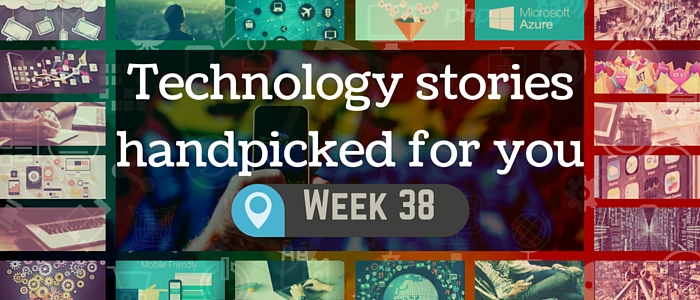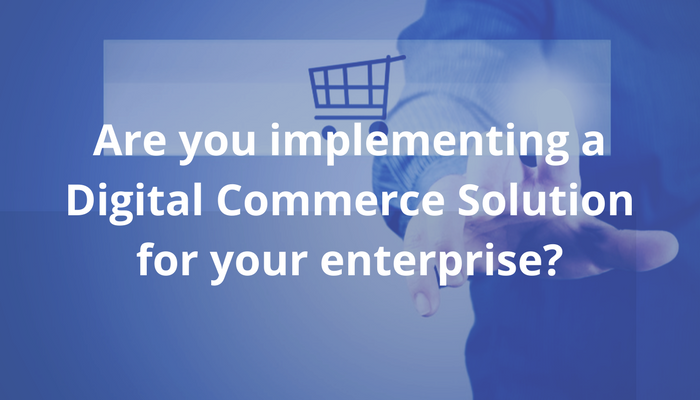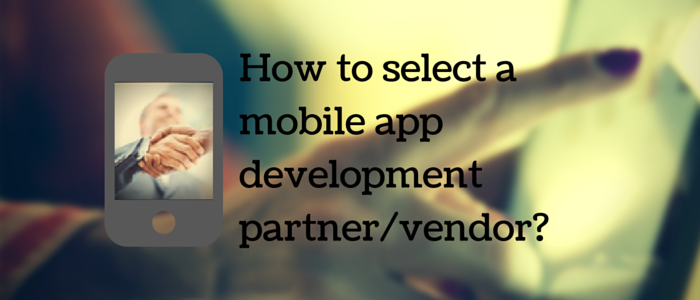While I was evaluating one of the e-learning application platforms I realized that in the world of smart phones and tablets how dead and dumb the overall learning experience appears on the web. It’s no brainer that m Learning is here to stay and outrun the e-learning. The entire effort of e-learning program goes towards designing of courseware (getting course goals, create content, understand the profile of target audience, instruction models etc. say for example an Insurance company creating a courseware for providing training to thousands of insurance agents across the country). You set a tone and guidelines of the course, structure the content and end user at the other end has little choice to maneuver.
In my opinion, this is where m-Learning scores over e-learning, it changes the complete dynamics of learning (storyboarding and content distribution and don’t forget the word ‘multimedia’) in terms of how (the content should be viewed) and where (the content should access). m Learning is more synonymous to My Learning which is personal, portable and engaging. You can deliver powerful learning information in the form of application or games to users which are most relevant to them.
Storyboards have its limitations in terms of detailing the features and functionalities and the stages in which the content moves. The biggest missing piece is user experience. User experience (UX or UE) involves a person's emotions about using a particular product, system or service. User experience highlights the experiential, affective, meaningful and valuable aspects of human-computer interaction and product ownership.
Forrester defines user experience as: Users’ perceptions of the usefulness, usability, and desirability of an application based upon the sum of all their direct and indirect interactions with it.

Mobile applications come far closer in delivering the useful, usable and desirable experience to customers (end users). What mobile applications offers is variety of ways to present the information in an visual, interactive, modular and guided way (VIMG)
No wonder that enterprises are putting accelerated efforts in making use of mobility devices for enterprise learning. The reason is simple - phenomenal Increase in the number of smart phone/tablet users in the organization. They are already accessing the emails and enterprise web applications or business intelligence and reporting from mobile devices. You know if you can create learning applications (courses, assessments or learning activities) you can - Improve the workforce productivity and get higher return on investment (ROI) on your organizational training and development budgets. All you need to provide an access to formal learning content, reference or performance support applications and informal learning resources.
In the subsequent sections we will discuss about the kind of mobile learning applications (using TABit) you can build to help your workforce and how to build rapid m-learning prototypes.




